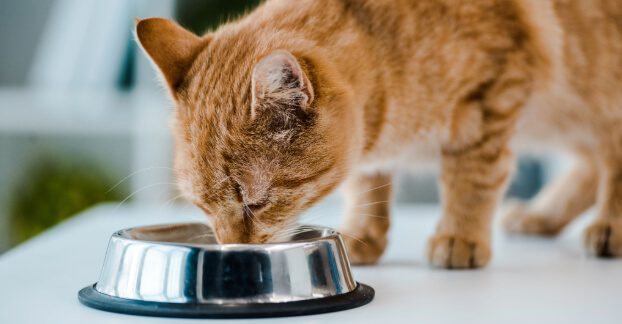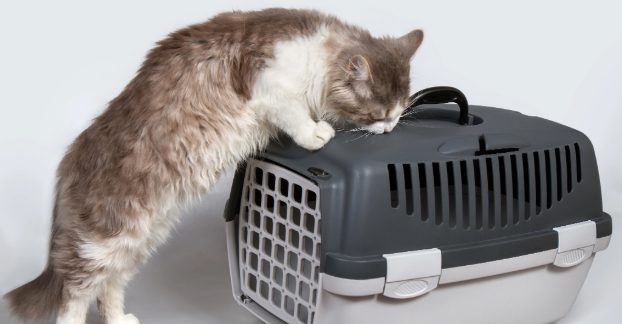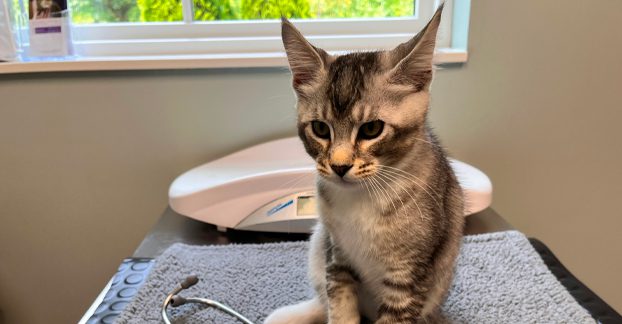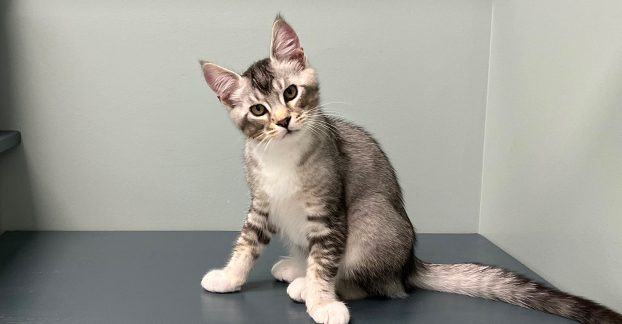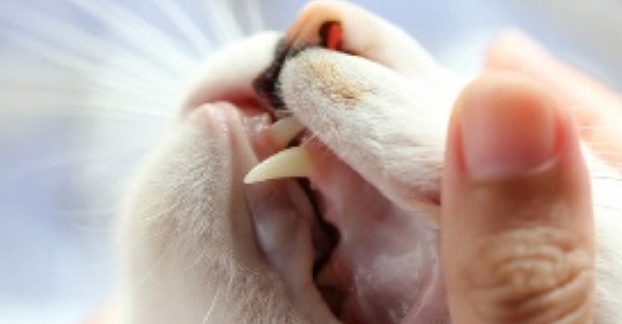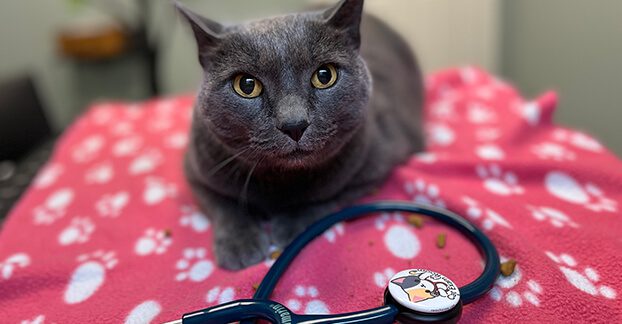Our Vet Blog
Want relevant, trustworthy information about pets and pet care in the palm of your hand? Check out our vet blog to satisfy any general curiosities you have regarding your loved one. Have any questions not addressed here? Is there something you would like to learn more about not in this blog? Contact Us Here!
Food and Water Stations Kitties experience something called whisker fatigue. This is when their whiskers get pushed/bent/stimulated and occurs every time they eat if their bowl is too deep or too narrow. Depending on your kitty’s face shape you may need a very shallow long saucer like dish or you may be able to use…
Read MoreIdeally you will leave cat carrier out in a comfortable part of your home to use it as a hang out space/bed and not associate it just with vet appointments. We particularly like Sleepy Pod cat beds or cat beds with flip latches so the top can be removed to turn it into bed for…
Read MoreFunction following amputation is generally good to excellent in most patients. Patients with forelimb amputation have more initial difficulty with balance whilst hindlimb. Amputees have greater difficulty with propulsion and speed. Most pets are ambulatory immediately after surgery or within a few days and most animals have adapted well within 4 weeks. Complications following amputation…
Read MoreTeaching Your Dog to Settle Step 1: Decide what you would like to use for your dog to settle on. It could be a bed, blanket small rug, towel or yoga mat. I prefer a yoga mat as it is non-slip and it is portable so you can take it anywhere, especially veterinary visits! Step…
Read MoreHoliday gatherings, construction, storms, fireworks, parties and all kinds of things that we humans do can be noisy and just plain frightening to our pets. If you’ve seen your cat or dog hiding, shaking, digging to get away, or you come home to accidents, or even destroyed things in the house; it could be due…
Read MoreHyperthyroidism is a condition that causes your cat to overproduce the thyroid hormones. This condition affects many organs in the body, most noticeably the heart. Thyroid hormones cause the whole body’s metabolism to speed up, the blood flows very quickly, calories burn in excess, weight is lost, hunger and edginess is felt. The most common…
Read MoreBringing Kitty Home When You Have Other Cats When you bring your kitty home from surgery or a hospital stay, and there are other cats in the household, they will essentially be viewed as “new.” They’ll smell and act differently on the first day, so the other kitties might see them as a new cat…
Read MoreYour Goal: better oral health = longer lives and less pain. The goal is to brush all of the outside surfaces of your kitty’s teeth once a day, using a soft-bristled toothbrush (or cloth) and veterinary toothpaste. Proper brushing for cats should only take 2-3 minutes a time and should be done once a day.…
Read MoreHow Do We Measure Blood Pressure in Pets? Blood pressure measurement is performed similarly to the way it is in humans. An inflatable cuff is fit snuggly around the foot, foreleg, or even tail of the pet. In pets, this measurement should not exceed 160. A reading of 180 is considered to indicate high risk…
Read MoreRemember, having dust mites doesn’t mean your house isn’t clean. In most areas of the world, these creatures live in every home, no matter how clean. But, you can reduce their effects. There are many changes you can make to your home to reduce the number of these unwanted “guests.” Studies show that more dust…
Read More
